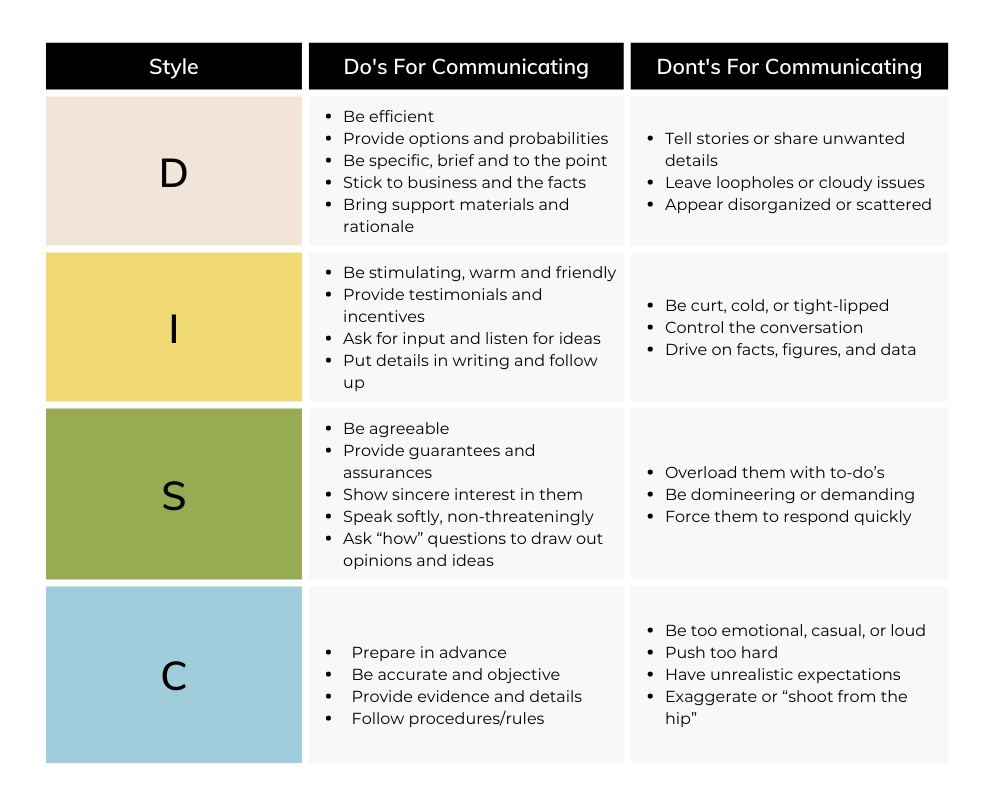In a more perfect world, everyone’s behavioral DISC styles would be readily known and we would all be skilled at adapting our styles to enhance communication and interpersonal relationships. But alas, far too often we find ourselves in situations in which we must interact with others whose behavioral styles not known. It’s not until things start to go awry – they start to get defensive, frustrated, talk over us, or shut down – that we have a clue we’re dealing with someone whose communication style conflicts with our own.

But what’s a person to do in these situations? It’s not as if you can ask them to sit down and complete a DISC assessment so you can gain clarity as to what style you are dealing with and identify their DISC styles! Fortunately, there are two simple questions you can ask that will help you get a read on the other person’s primary style:
- Are they extroverted or introverted?
- If they’re extroverted: Are they direct or friendly?
The answers to the two questions can easily point you to a person’s dominant DISC trait:
| Extroverted | Introverted |
|---|---|
| Direct > D | Cooperative > S |
| Friendly > I | Analytical > C |
Okay, so now what? Once you have a read on the other person’s primary DISC style, we offer these simple guidelines (do’s and don’ts) for communicating and interacting with the various styles:

For more information on ways to identify a person’s primary behavioral style and adapt your communication, download our Recognizing DISC Styles resource.






